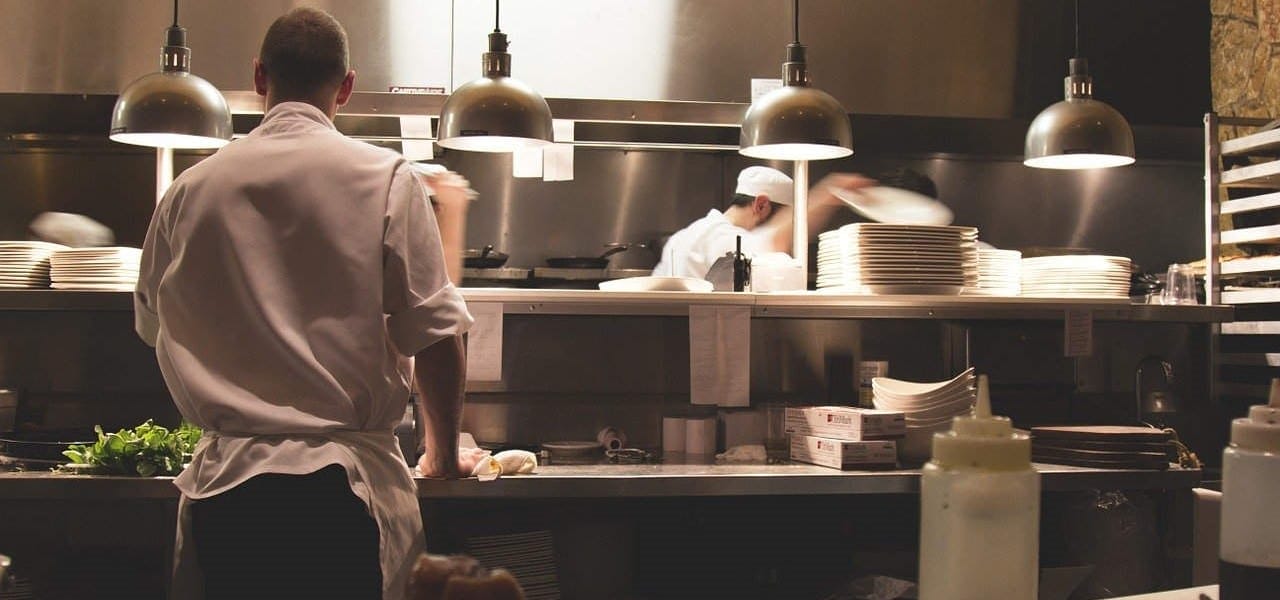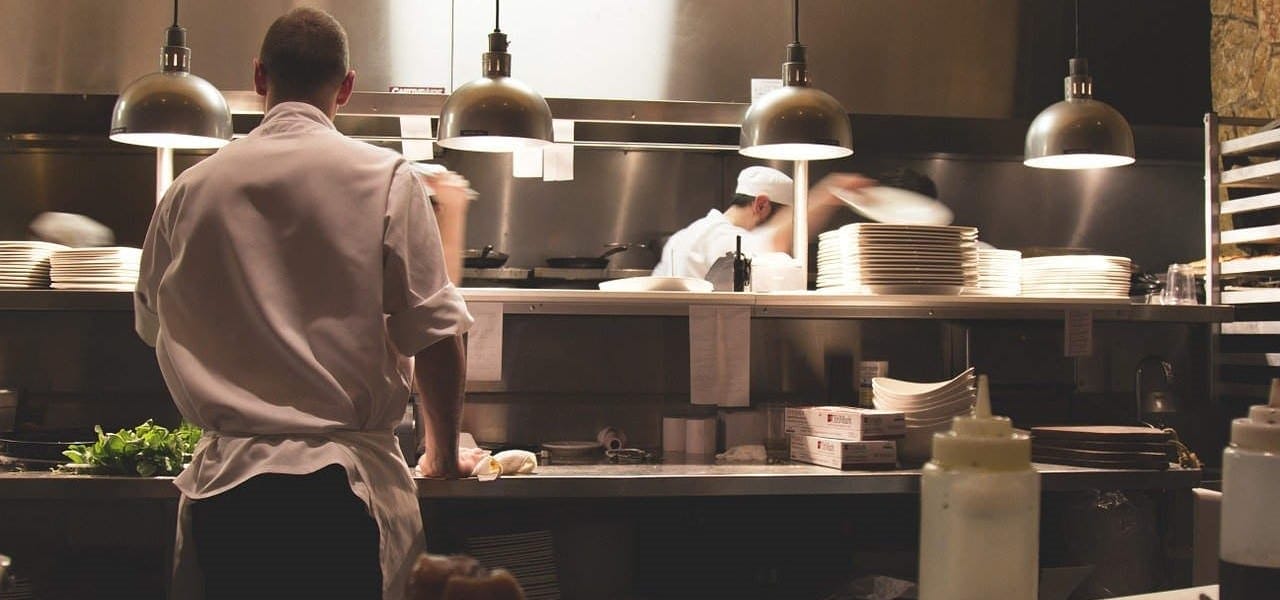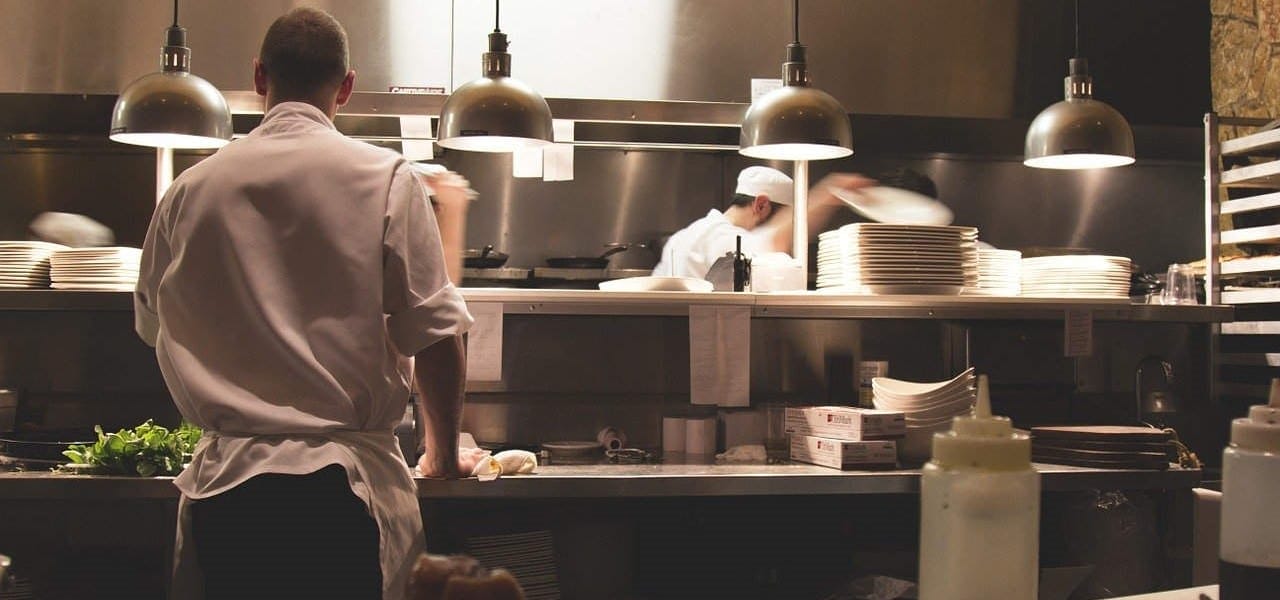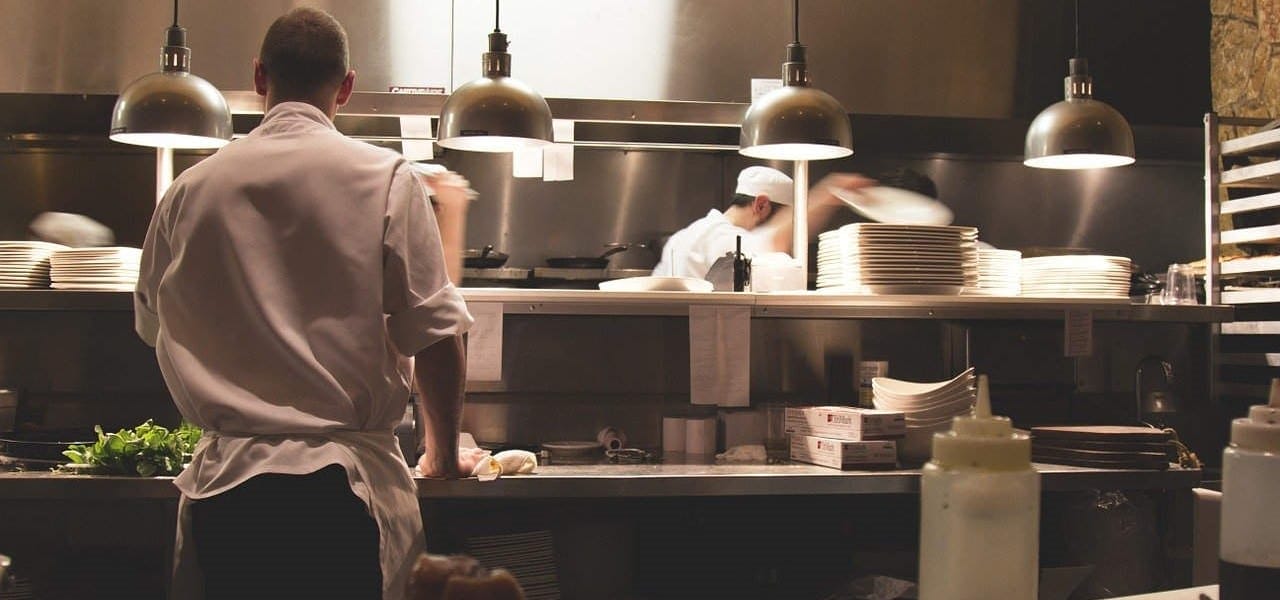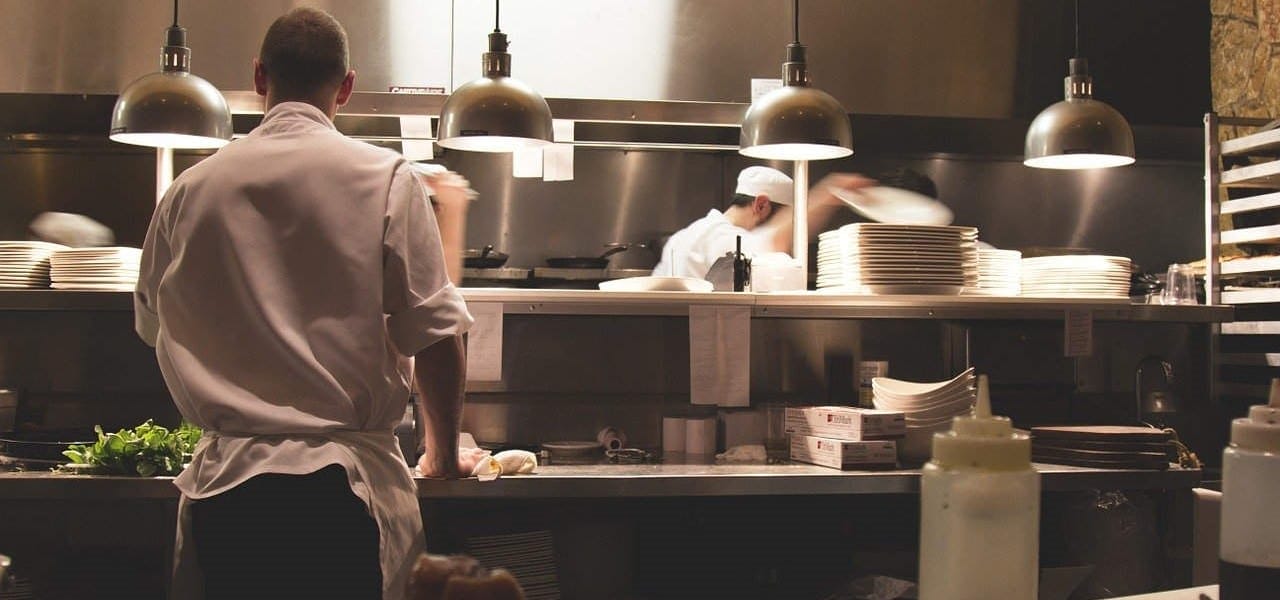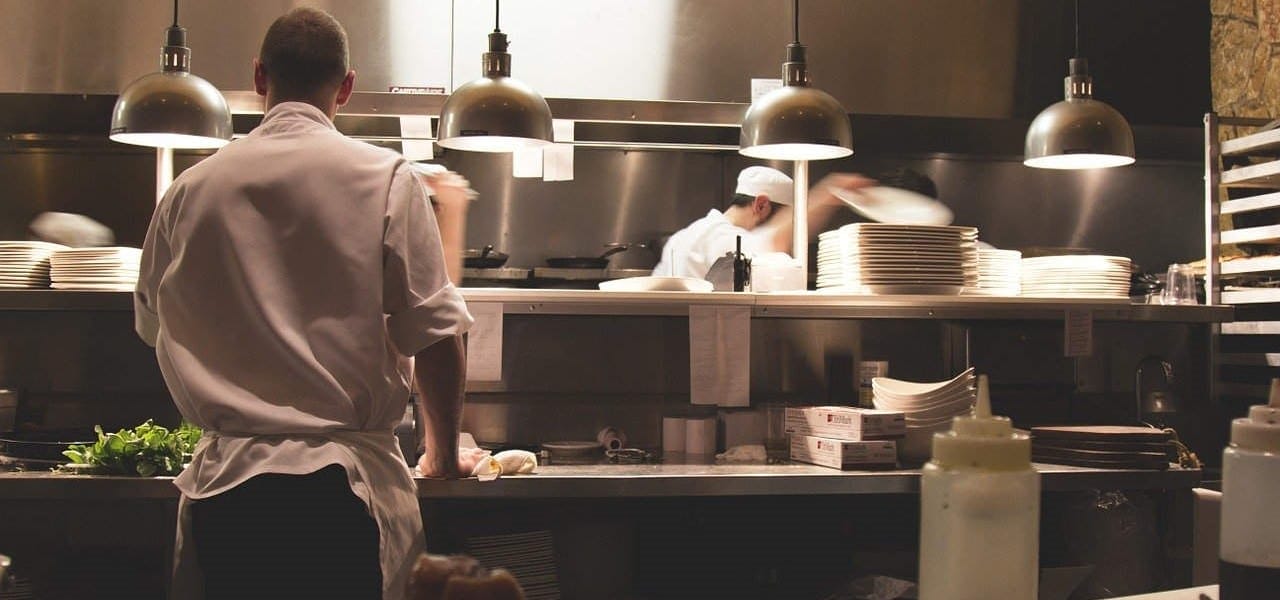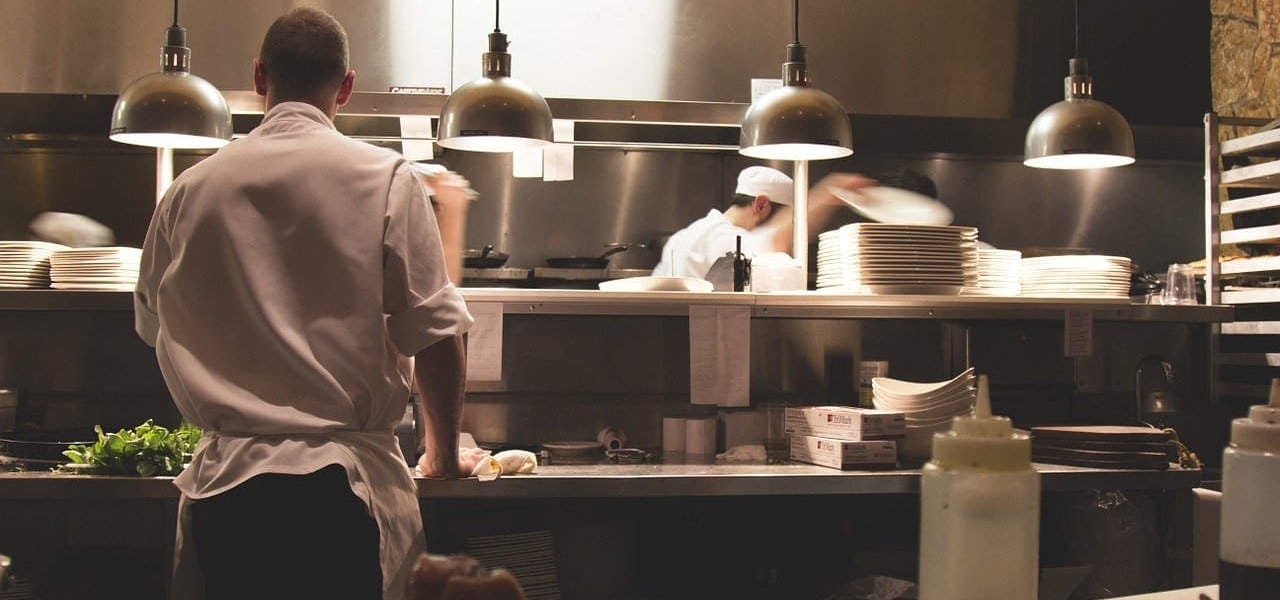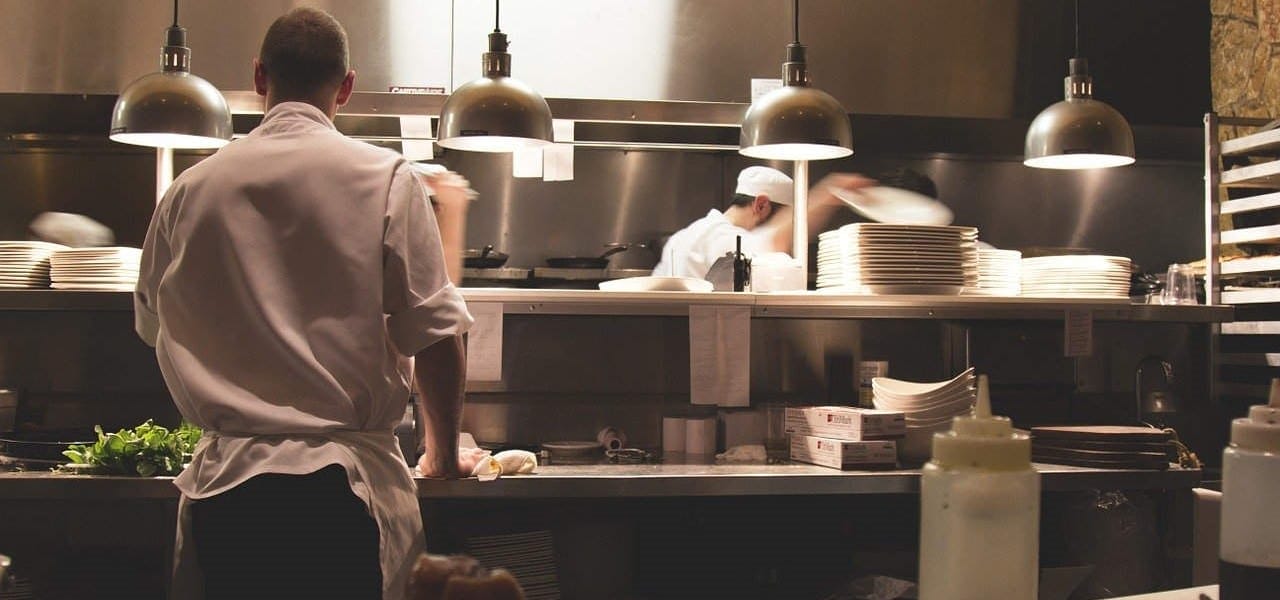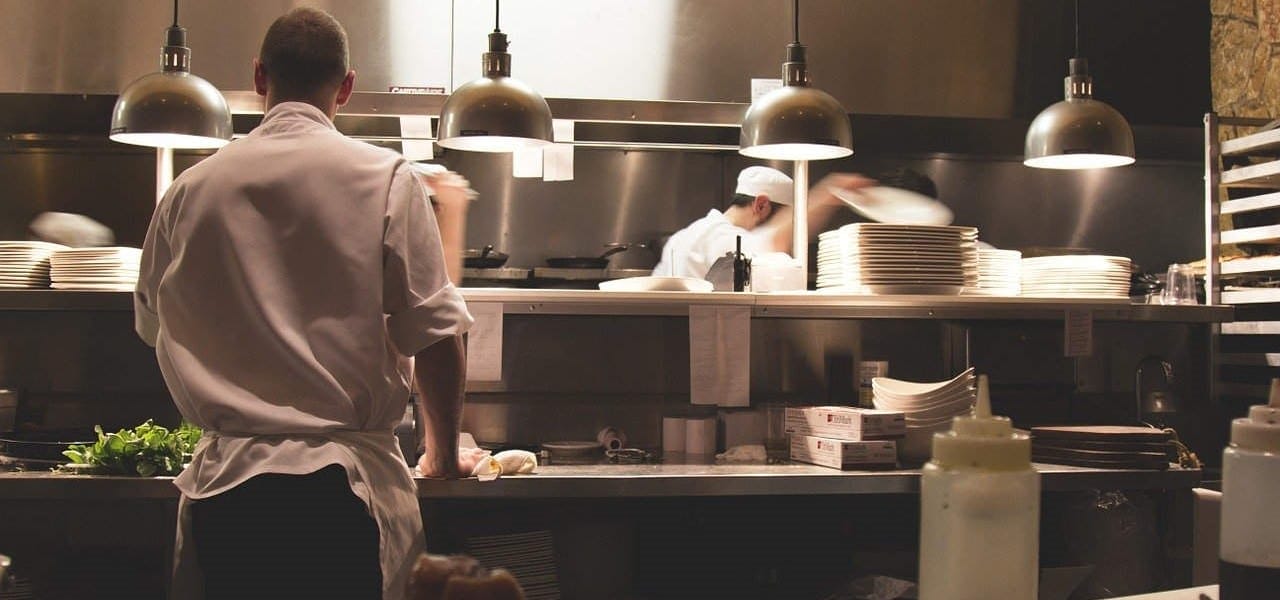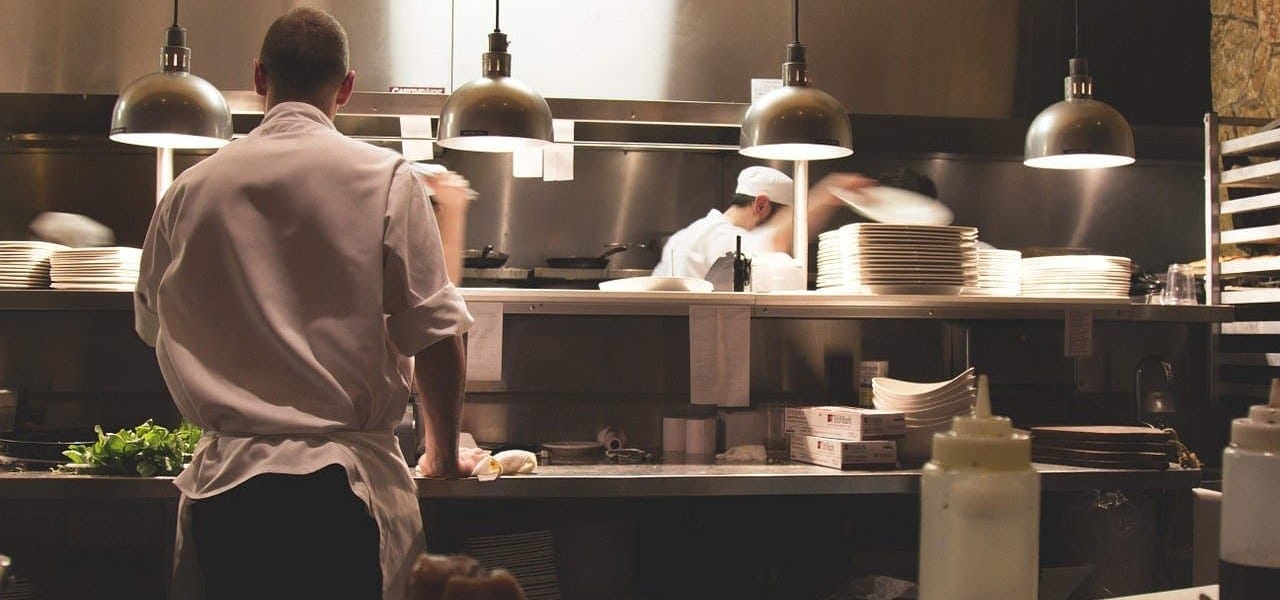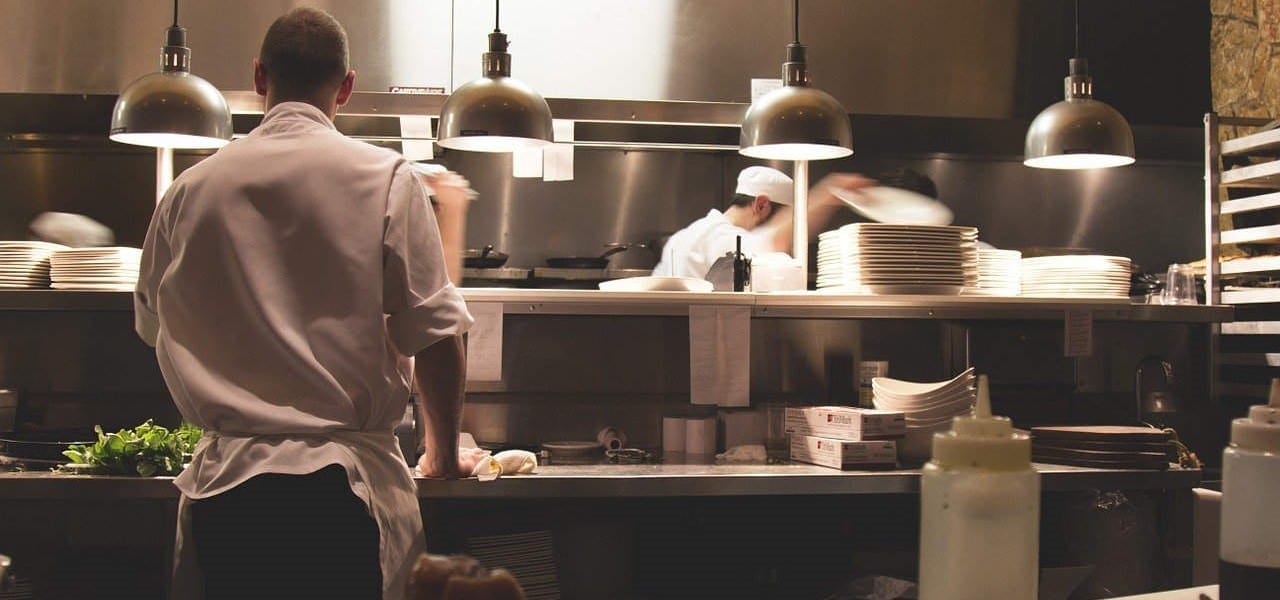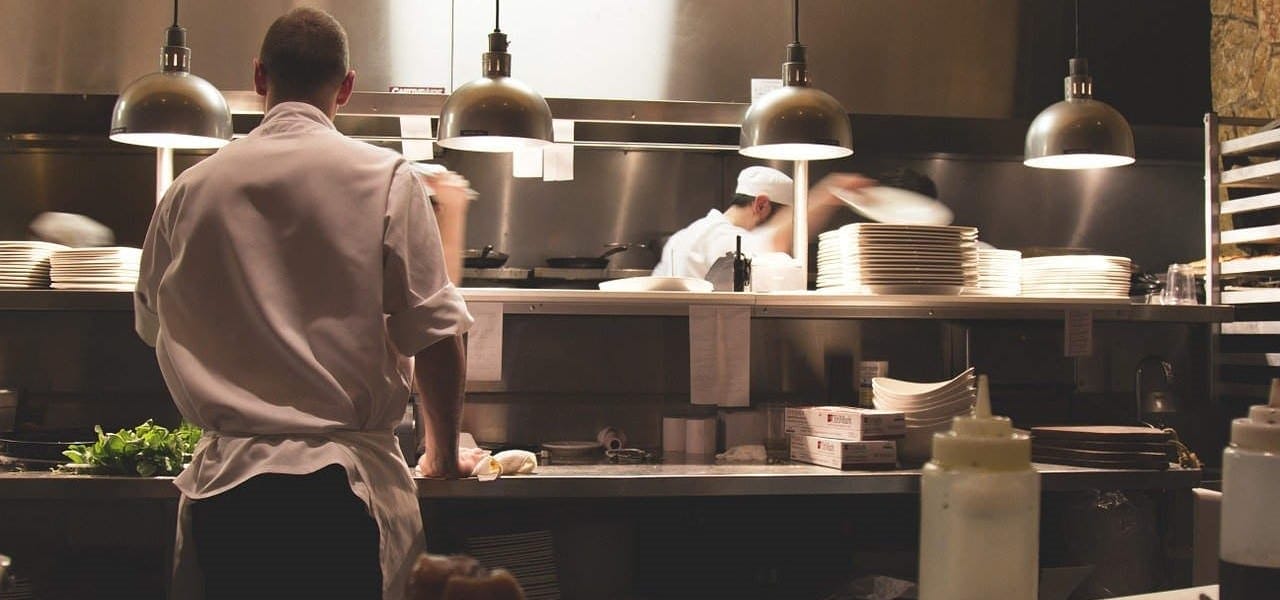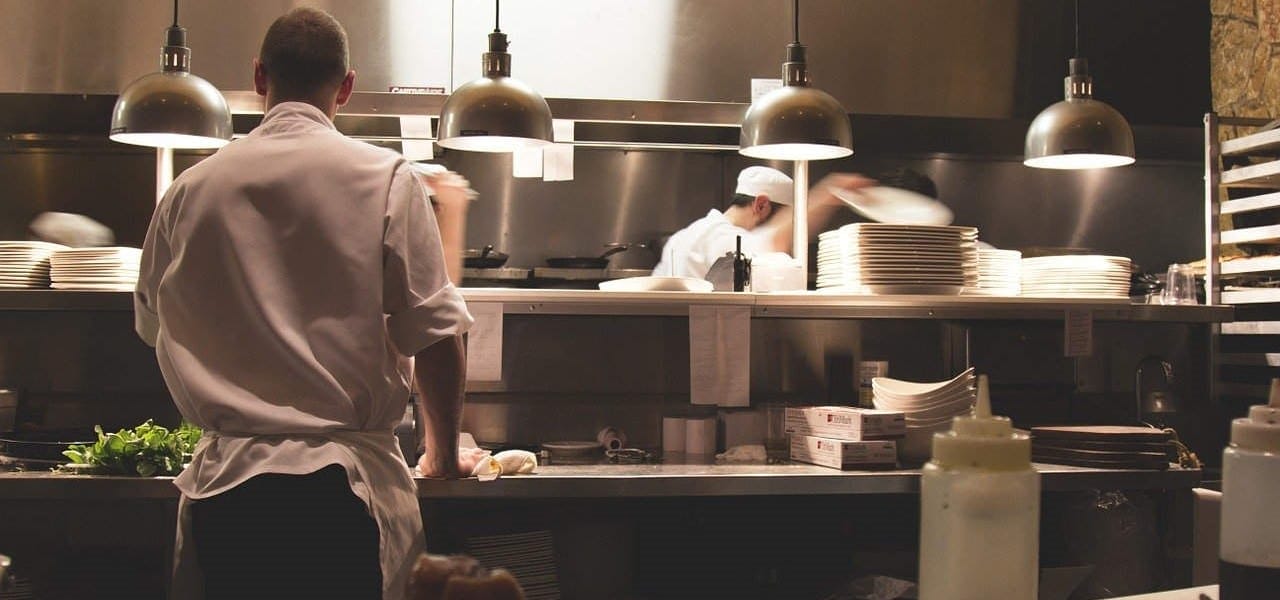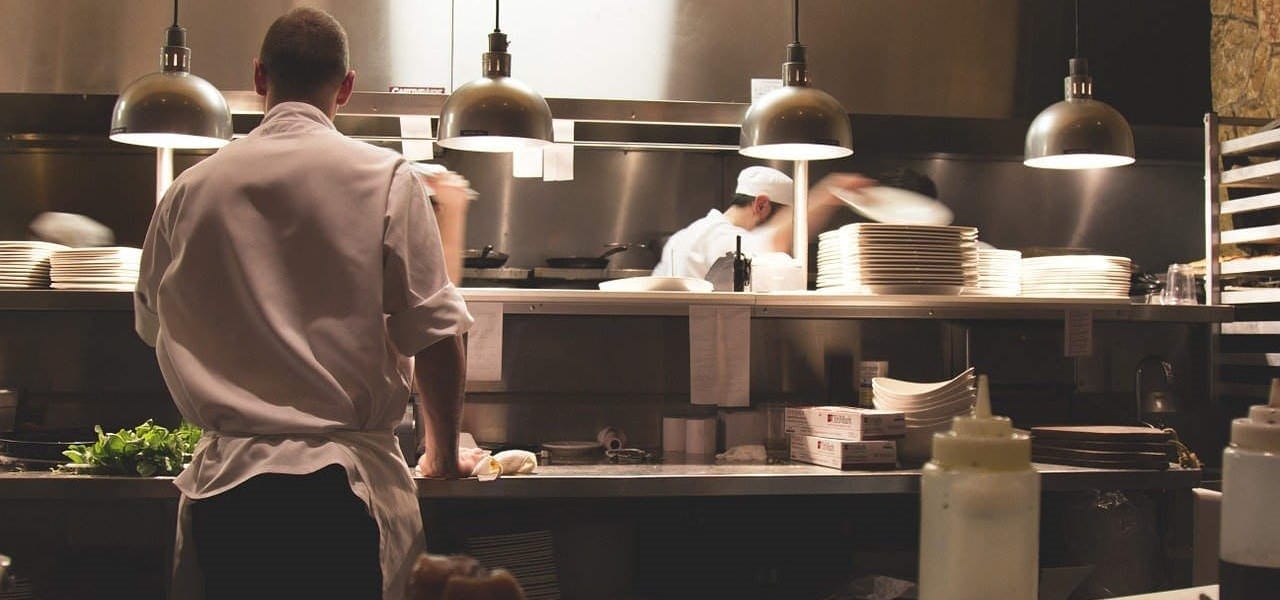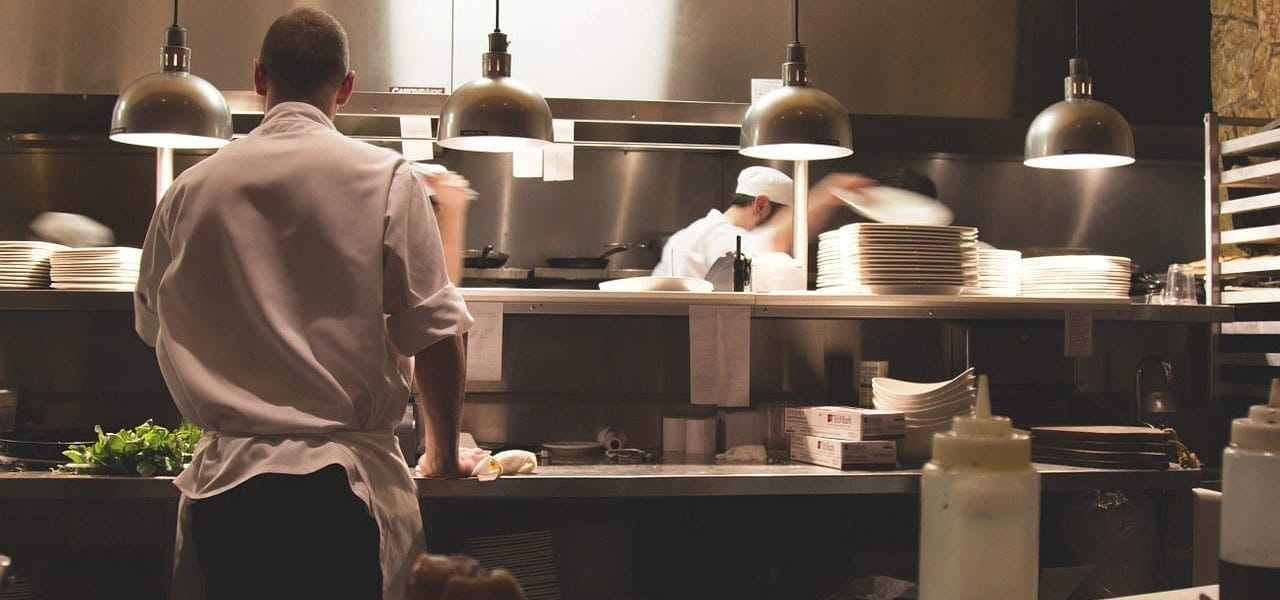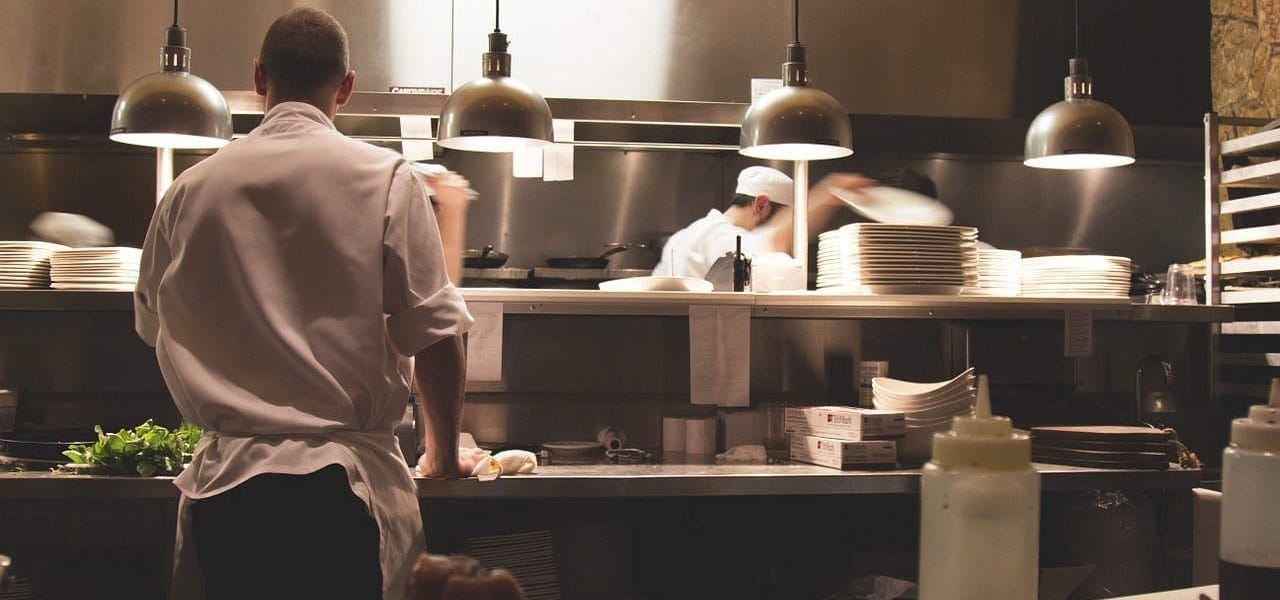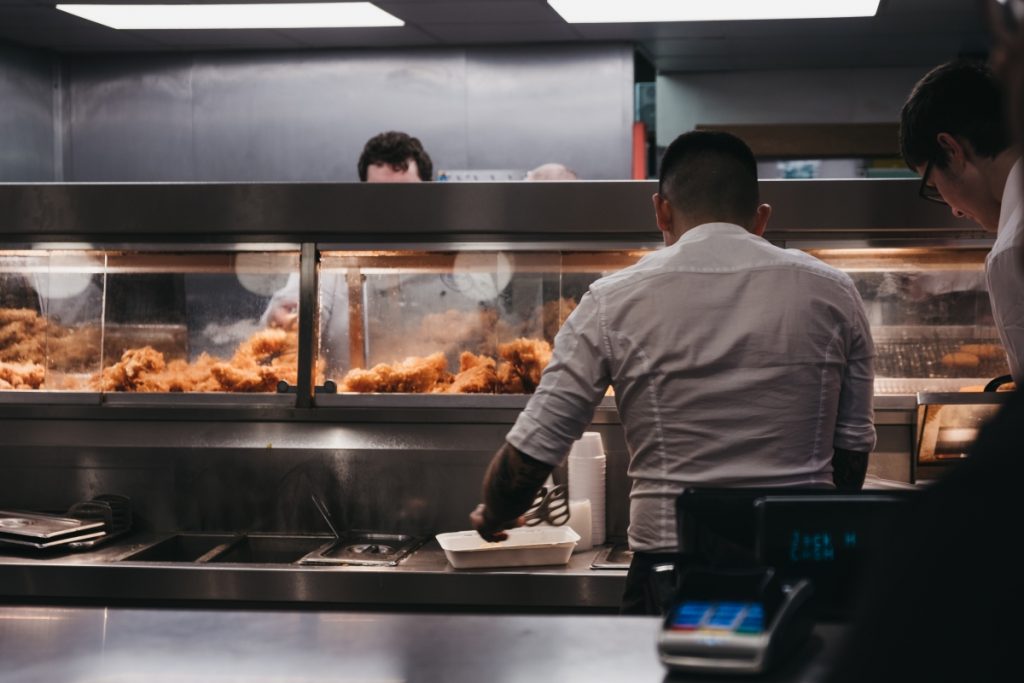Restaurant Seasonal Operations Insurance: Holiday & Peak Period Coverage
The restaurant industry experiences dramatic fluctuations throughout the year, with holiday periods and seasonal peaks bringing both tremendous opportunities and significant risks. From Christmas dinner rushes to summer outdoor dining booms, these busy periods can make or break a restaurant's annual performance. However, with increased activity comes heightened exposure to various risks that standard insurance policies may not adequately address.
Understanding and securing appropriate seasonal operations insurance is crucial for restaurant owners who want to protect their businesses during these critical periods. This comprehensive guide explores the unique insurance considerations for restaurants during peak seasons and holidays, helping you ensure your establishment remains protected when it matters most.
Understanding Seasonal Restaurant Operations
The Nature of Seasonal Peaks
Restaurant seasonal operations vary significantly depending on location, cuisine type, and target market. Coastal establishments may see summer surges, while ski resort restaurants thrive during winter months. Urban restaurants often experience holiday party bookings, New Year's Eve celebrations, and Valentine's Day rushes. Each of these periods brings unique operational challenges and insurance considerations.
During peak seasons, restaurants typically experience:
- Increased customer volume and longer queues
- Extended operating hours and additional service periods
- Temporary staff hiring and increased workforce
- Higher inventory levels and specialized menu items
- Enhanced decorations and temporary installations
- Outdoor seating expansions and temporary structures
- Special events and private party bookings
Common Seasonal Risks
The intensification of restaurant operations during peak periods creates several risk categories that require specialized insurance consideration:
Increased Liability Exposure: Higher customer volumes mean greater potential for accidents, injuries, and property damage claims. Crowded dining areas, longer wait times, and stressed staff can contribute to incidents that might not occur during quieter periods.
Staff-Related Risks: Temporary and seasonal employees may lack the experience and training of permanent staff, potentially leading to accidents, food safety issues, or customer service problems that could result in claims.
Equipment Strain: Kitchen equipment working at maximum capacity for extended periods faces higher breakdown risks, while temporary equipment installations may not have the same reliability as permanent fixtures.
Supply Chain Vulnerabilities: Increased demand for specialized ingredients and supplies during peak periods can lead to quality issues, delivery delays, or contamination risks that could impact food safety.
Weather Dependencies: Many seasonal operations depend heavily on weather conditions, particularly outdoor dining areas, which can be severely impacted by unexpected weather events.
Core Insurance Coverage for Seasonal Operations
Enhanced Public Liability Insurance
During peak periods, restaurants need robust public liability coverage that accounts for increased customer volumes and extended operating scenarios. Standard policies may not provide adequate limits for the heightened risks associated with seasonal operations.
Increased Coverage Limits: Peak season operations often require higher liability limits to account for the greater number of potential claimants and the increased severity of incidents that can occur in crowded environments.
Temporary Structure Coverage: Many restaurants expand their seating areas during peak seasons using temporary structures, outdoor heaters, or extended patio areas. Ensure your policy covers these temporary installations and any associated liability risks.
Event-Specific Coverage: Special holiday events, private parties, and seasonal celebrations may require additional coverage beyond standard operations. This includes coverage for entertainment, decorations, and special activities that aren't part of regular service.
Employers Liability and Staff Coverage
Seasonal operations typically involve significant changes to staffing levels and working conditions that require careful insurance consideration.
Temporary Staff Coverage: Ensure your employers liability policy covers temporary and seasonal staff members. This includes agency workers, part-time holiday staff, and any contractors brought in to handle increased demand.
Extended Hours Protection: Peak season operations often involve extended working hours, late-night service, and early morning preparation. Your policy should account for these extended operational periods and any associated risks.
Training and Supervision: Coverage should extend to incidents that may arise from inadequate training or supervision of temporary staff, particularly important during busy periods when proper onboarding may be rushed.
Equipment and Business Interruption Insurance
Peak seasons place enormous strain on restaurant equipment and operations, making comprehensive equipment and business interruption coverage essential.
Equipment Breakdown Coverage: Kitchen equipment working at maximum capacity during peak periods faces higher breakdown risks. Ensure your policy covers the full replacement cost of equipment and any associated business interruption.
Refrigeration and Cold Storage: Peak seasons often require expanded cold storage capacity and increased refrigeration loads. Coverage should include spoilage of increased inventory levels and the cost of alternative storage arrangements.
Temporary Equipment Coverage: Many restaurants rent additional equipment during peak periods. Ensure your policy covers hired-in equipment and any associated breakdown or damage risks.
Business Interruption Extensions: Standard business interruption coverage may not account for the significantly higher revenues generated during peak periods. Consider seasonal adjustments to your coverage limits to reflect these increased revenue streams.
Specialized Seasonal Coverage Areas
Food Safety and Product Liability
Peak season operations create unique food safety challenges that require specialized insurance consideration.
Increased Inventory Risks: Higher inventory levels during peak periods mean greater potential losses from contamination, spoilage, or recall events. Ensure your policy limits reflect these increased stock levels.
Supply Chain Disruptions: Seasonal demand often requires new suppliers or increased orders from existing suppliers. Coverage should include risks associated with contaminated ingredients from these sources.
Temperature Control: Increased kitchen activity and extended operating hours can strain temperature control systems. Coverage should include spoilage from temperature fluctuations and the cost of emergency cooling measures.
Allergen Management: Peak periods often involve special menus and seasonal items that may introduce new allergen risks. Ensure your policy covers claims related to allergen exposure and cross-contamination.
Outdoor and Temporary Operations
Many restaurants expand their operations outdoors or into temporary spaces during peak seasons, creating unique insurance requirements.
Weather-Related Risks: Outdoor dining areas and temporary structures face exposure to weather events that could cause property damage or force business interruption. Coverage should include wind, rain, and temperature-related losses.
Temporary Structure Liability: Temporary seating areas, outdoor heaters, and seasonal decorations create additional liability exposures. Ensure comprehensive coverage for these installations and any associated risks.
Utilities and Services: Temporary operations may require additional utilities, lighting, or heating systems. Coverage should include damage to these systems and any resulting business interruption.
Cyber and Data Protection
Peak seasons often involve increased online ordering, reservations, and payment processing, creating heightened cyber risks.
Payment Processing: Higher transaction volumes during peak periods increase exposure to payment card fraud and data breaches. Ensure adequate cyber liability coverage for these increased risks.
Online Ordering Systems: Seasonal demand often strains online ordering and reservation systems. Coverage should include business interruption from system failures and the cost of alternative arrangements.
Customer Data Protection: Increased customer interactions and data collection during peak periods require robust data protection coverage, including notification costs and regulatory fines.
Risk Management Strategies
Pre-Season Planning
Effective seasonal insurance coverage begins with comprehensive pre-season planning and risk assessment.
Risk Assessment: Conduct thorough risk assessments before each peak season, identifying potential hazards and coverage gaps. This should include evaluation of temporary installations, increased staffing, and operational changes.
Policy Review: Review your insurance policies well before peak seasons begin, ensuring coverage limits are adequate for increased operations and any temporary expansions are properly covered.
Staff Training: Implement comprehensive training programs for seasonal staff, focusing on safety procedures, food handling, and customer service standards. Document this training for insurance purposes.
Equipment Maintenance: Conduct thorough equipment maintenance and testing before peak seasons to minimize breakdown risks during critical periods.
During Peak Operations
Active risk management during peak seasons helps minimize claims and ensures smooth operations.
Safety Monitoring: Implement enhanced safety monitoring during peak periods, including regular inspections of temporary installations and increased supervision of high-risk activities.
Incident Reporting: Establish clear incident reporting procedures for peak season operations, ensuring all incidents are properly documented and reported to insurers promptly.
Emergency Procedures: Develop and communicate emergency procedures specific to peak season operations, including evacuation plans for increased occupancy and procedures for equipment failures.
Post-Season Review
Post-season analysis helps improve future coverage and risk management strategies.
Claims Analysis: Review any claims that occurred during peak seasons to identify patterns and areas for improvement in coverage or risk management.
Coverage Evaluation: Assess whether coverage limits were adequate for peak season operations and make adjustments for future seasons.
Operational Review: Evaluate the effectiveness of seasonal risk management strategies and identify improvements for future peak periods.
Working with Insurance Providers
Choosing the Right Insurer
Selecting an insurance provider with experience in restaurant seasonal operations is crucial for obtaining appropriate coverage.
Industry Experience: Choose insurers with specific experience in restaurant and hospitality insurance, particularly those familiar with seasonal operation challenges.
Flexible Coverage Options: Look for insurers who offer flexible coverage options that can be adjusted for seasonal operations, including temporary increases in limits and coverage extensions.
Claims Handling: Evaluate insurers' claims handling capabilities, particularly their ability to respond quickly during peak season incidents when business interruption costs are highest.
Policy Customization
Work with your insurer to customize policies for your specific seasonal operation needs.
Seasonal Adjustments: Negotiate seasonal adjustments to coverage limits that reflect increased revenues and exposures during peak periods.
Temporary Extensions: Arrange for temporary coverage extensions for seasonal activities, temporary structures, and special events.
Regular Reviews: Establish regular policy review schedules that align with your seasonal planning cycles.
Cost Considerations and Budgeting
Premium Calculations
Understanding how insurers calculate premiums for seasonal operations helps in budgeting and coverage decisions.
Revenue-Based Adjustments: Many insurers adjust premiums based on seasonal revenue fluctuations, requiring accurate revenue projections for peak periods.
Risk-Based Pricing: Premiums may vary based on the specific risks associated with your seasonal operations, including location, cuisine type, and operational complexity.
Claims History: Your claims history during previous peak seasons will significantly impact future premium calculations.
Cost-Benefit Analysis
Evaluate the cost-effectiveness of different coverage options for seasonal operations.
Coverage vs. Risk: Balance the cost of additional coverage against the potential financial impact of uninsured losses during peak periods.
Deductible Considerations: Consider higher deductibles for some coverage areas to reduce premiums while maintaining protection against catastrophic losses.
Self-Insurance Options: Evaluate opportunities for self-insurance of smaller risks while maintaining comprehensive coverage for major exposures.
Legal and Regulatory Considerations
Compliance Requirements
Seasonal operations may trigger additional compliance requirements that affect insurance coverage.
Licensing: Temporary expansions or special events may require additional licenses or permits that affect insurance coverage requirements.
Health and Safety: Peak season operations may trigger enhanced health and safety requirements that must be reflected in insurance coverage.
Employment Law: Seasonal staffing changes may create additional employment law exposures that require appropriate insurance coverage.
Contractual Obligations
Review contractual obligations that may affect seasonal insurance requirements.
Supplier Agreements: Seasonal supplier agreements may include insurance requirements or liability allocations that affect your coverage needs.
Venue Agreements: Temporary venue expansions or special event locations may have specific insurance requirements.
Customer Contracts: Private party and event contracts may include insurance and liability provisions that require additional coverage.
Conclusion
Restaurant seasonal operations insurance requires careful planning, comprehensive coverage, and active risk management to protect your business during critical peak periods. The increased revenues and opportunities that come with holiday and seasonal rushes also bring heightened risks that standard insurance policies may not adequately address.
By understanding the unique insurance needs of seasonal operations, working with experienced insurers, and implementing effective risk management strategies, restaurant owners can ensure their businesses remain protected during these crucial periods. The investment in appropriate seasonal coverage pays dividends not only in risk protection but also in the confidence to fully capitalize on peak season opportunities.
At Insure24, we understand the unique challenges facing restaurants during peak seasons and holidays. Our specialized commercial insurance solutions are designed to provide comprehensive protection for seasonal operations, ensuring your business can thrive during its busiest and most profitable periods.
For expert guidance on restaurant seasonal operations insurance and to discuss your specific coverage needs, contact Insure24 today at 0330 127 2333 or visit our website at www.insure24.co.uk. Our experienced team can help you develop a comprehensive insurance strategy that protects your restaurant throughout all seasons of operation.


 0330 127 2333
0330 127 2333
